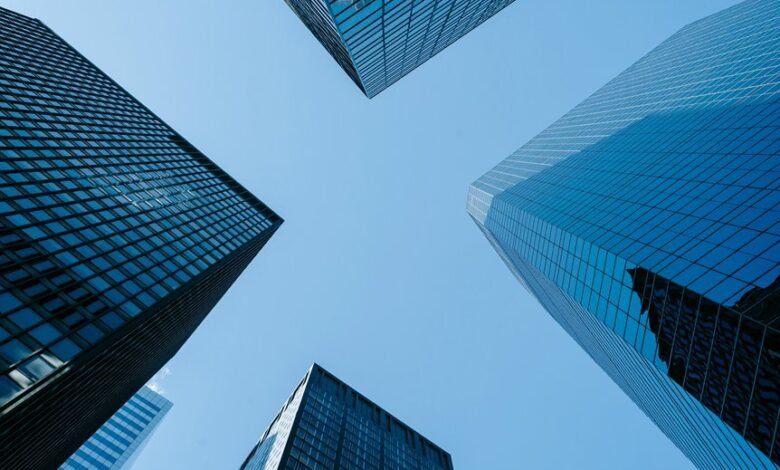Mutf_In: Kota_Infr_Econ_1powwrf

Mutf_In: Kota_Infr_Econ_1powwrf represents a systematic approach to urban infrastructure and economic development in emerging cities. It emphasizes strategic planning and infrastructure investment to promote sustainability and resilience. Key components such as green infrastructure and mobility systems are designed to enhance accessibility and environmental health. However, the initiative faces various challenges that could impact its effectiveness. Understanding these dynamics is crucial for assessing the initiative’s long-term viability and potential outcomes.
The Vision Behind Mutf_In: Kota_Infr_Econ_1powwrf
The vision behind Mutf_In: Kota_Infr_Econ_1powwrf is rooted in a comprehensive analysis of urban infrastructure and economic development within emerging cities.
It emphasizes strategic urban planning and targeted infrastructure investment, critical for fostering sustainable growth.
Key Components of Sustainable Urban Development
Sustainable urban development encompasses several key components that collectively contribute to the resilience and functionality of cities.
Central to this framework are green infrastructure and urban mobility. Green infrastructure enhances environmental health and mitigates urban heat, while efficient urban mobility systems reduce congestion and promote accessibility.
Together, these components foster a sustainable urban ecosystem that supports both ecological balance and the freedom of movement for residents.
Benefits for Residents and Local Economies
Numerous benefits arise for residents and local economies when sustainable urban development principles are effectively implemented.
Enhanced community engagement fosters a sense of ownership, leading to improved social cohesion.
Additionally, sustainable practices stimulate economic growth by attracting investment and creating job opportunities.
Consequently, these developments not only elevate living standards but also contribute to resilient local economies, ensuring long-term prosperity.
Future Prospects and Challenges Ahead
As urban areas continue to evolve, the future prospects for sustainable development hinge on a complex interplay of technological advancements and socioeconomic factors.
Urban resilience will be critical in addressing climate change impacts, while economic adaptability will determine how cities can thrive amidst disruption.
Balancing these elements will present challenges, yet innovative policies and community engagement can foster environments conducive to long-term prosperity and sustainability.
Conclusion
In conclusion, Mutf_In: Kota_Infr_Econ_1powwrf stands as a beacon of hope for urban development, intertwining sustainable infrastructure with economic growth. By fostering community engagement and environmental stewardship, it cultivates a resilient urban ecosystem akin to a well-tended garden, where each element contributes to the overall vitality. However, the path forward is fraught with challenges that require continuous adaptation and innovation to ensure that the vision of thriving cities becomes a reality for future generations.





